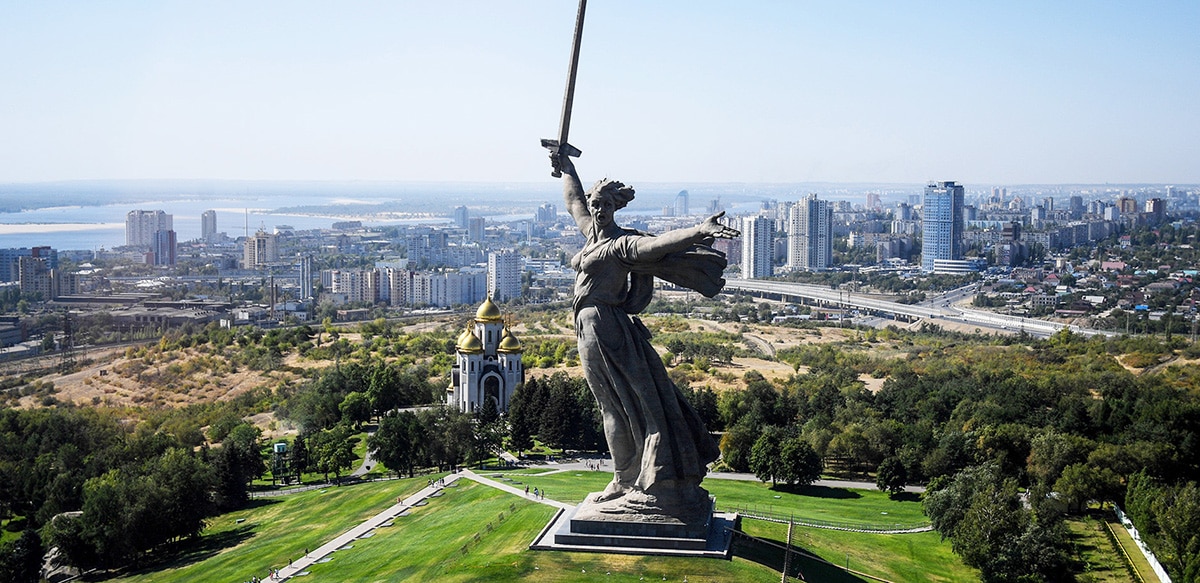
Russia has many important historical monuments, related both to its imperial and aristocratic past and to its Soviet past. They are tourist attractions in themselves, each linked to a part of the long history of this country that has known how to be the protagonist of the history of the XNUMXth century.
The Russia of the tsars gave way to the Union of Soviet Socialist Republics and she to the fledgling Russian Federation. If you like history and art, then today we propose a trip to these peculiar sites and structures that exist in Russia.
The best historical monuments of Russia
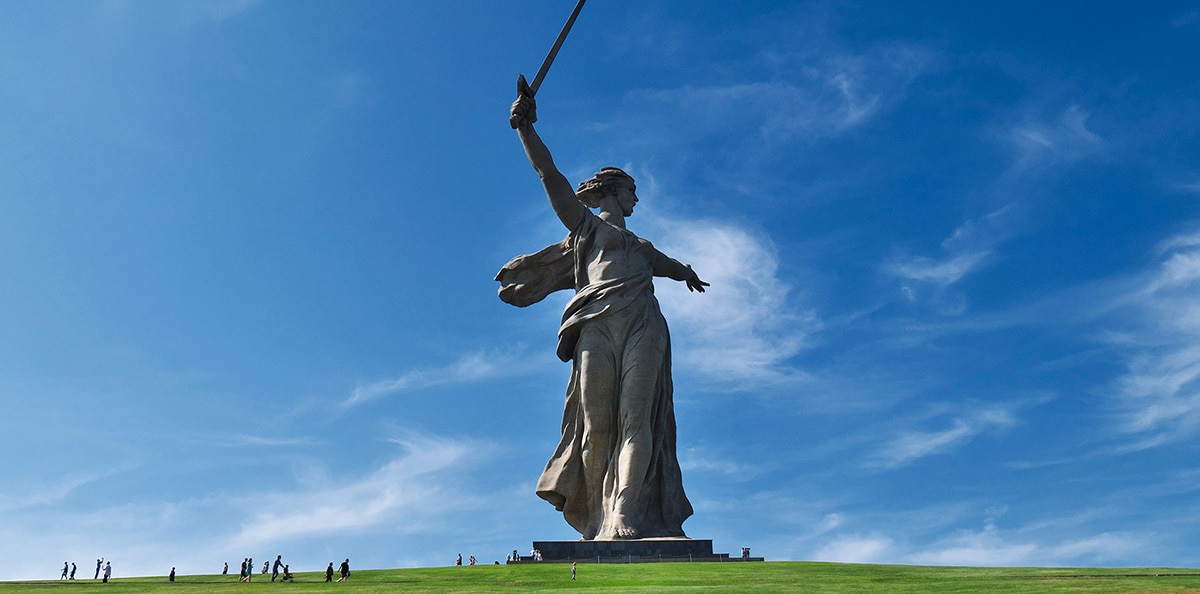
Russia is a really big country so when it comes to thinking about buildings, structures or monuments it is difficult to make a list, but thinking about the best, the most important and the most striking, for one reason or another, the list is shortened and the most wonderful stand out.
I have always been struck by the soviet art and architecture. Lifelong, since my childhood has been in the '80s when the Soviets were very concerned with showing the world their power and success at the hands of huge, monumental, but not luxurious things like those that capitalism showed.
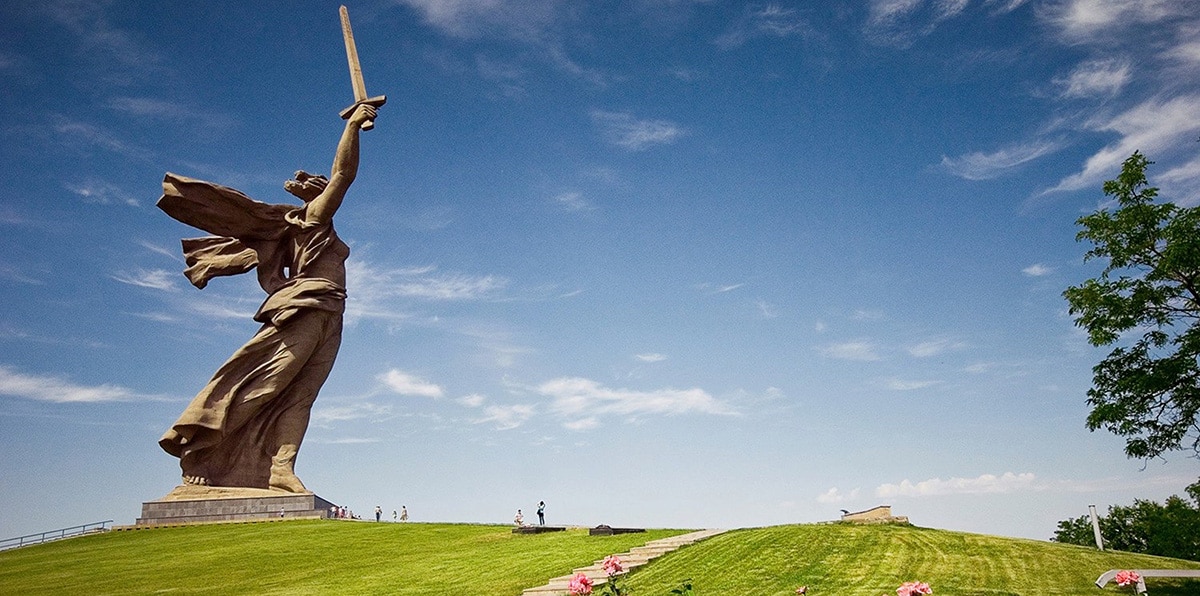
The first historical monument that I underline is the Statue of the Motherland. Rises in Volgograd and it is even taller than the Statue of Libertyd from New York. She is not alone, in fact she is part of a sculptural group called Mamayev Kurgan, which honors those who defended the city of Stalingrad from German troops during world war II. East sculptural set It occupies 10 hectares on the banks of the Volga River, on the Mamaev Hill.
Besides the Motherland there are the Eternal Fire and the Flame of Glory. The statue that summons us today is the representation of the Motherland or Victory. Construction began in 1959 and ended in 1967, being restored a couple of times to this day.
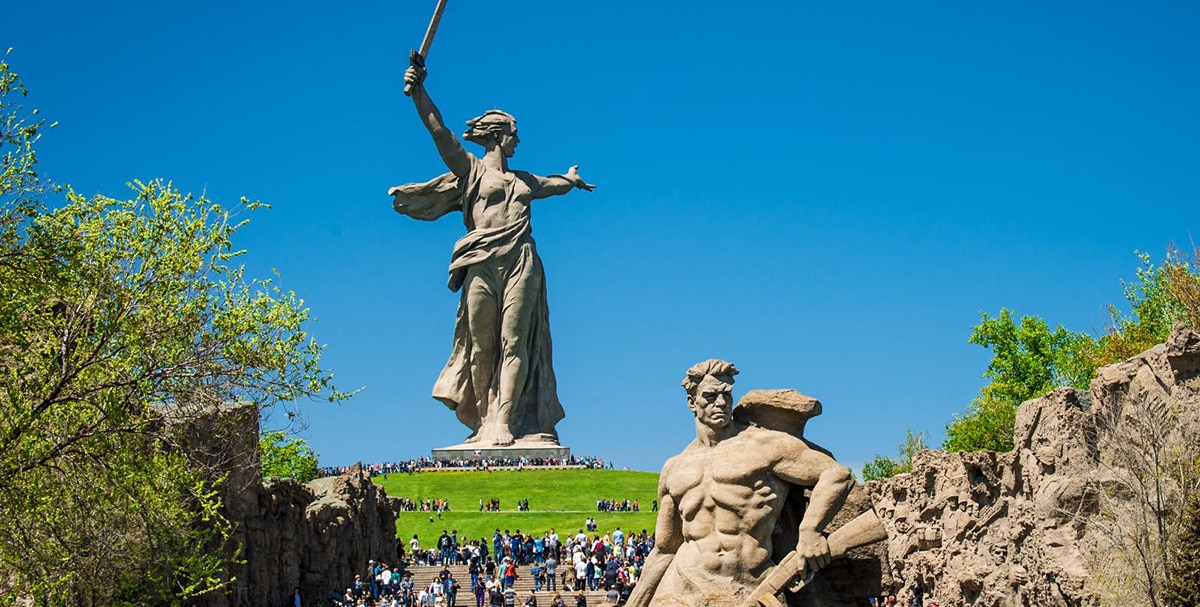
What are its impressive measurements? Have 85 meters high and it is built with 2.400 tons of metal and 5.500 of concrete. The sword that raises the statue is 33 meters long and weighs 14 tons. Originally it was made of stainless steel and titanium but it was in danger from the wind so in the 70's it was supplanted.
While the concrete of the statue is not very thick, no more than 30 inches, the statue itself is supported by the skeleton of internal wires and cables. The set is completed with a museum displaying different Soviet weaponry from WWII and the Nazi siege account of Stanlingrado. It is today a super popular site that receives thousands of visits each year.
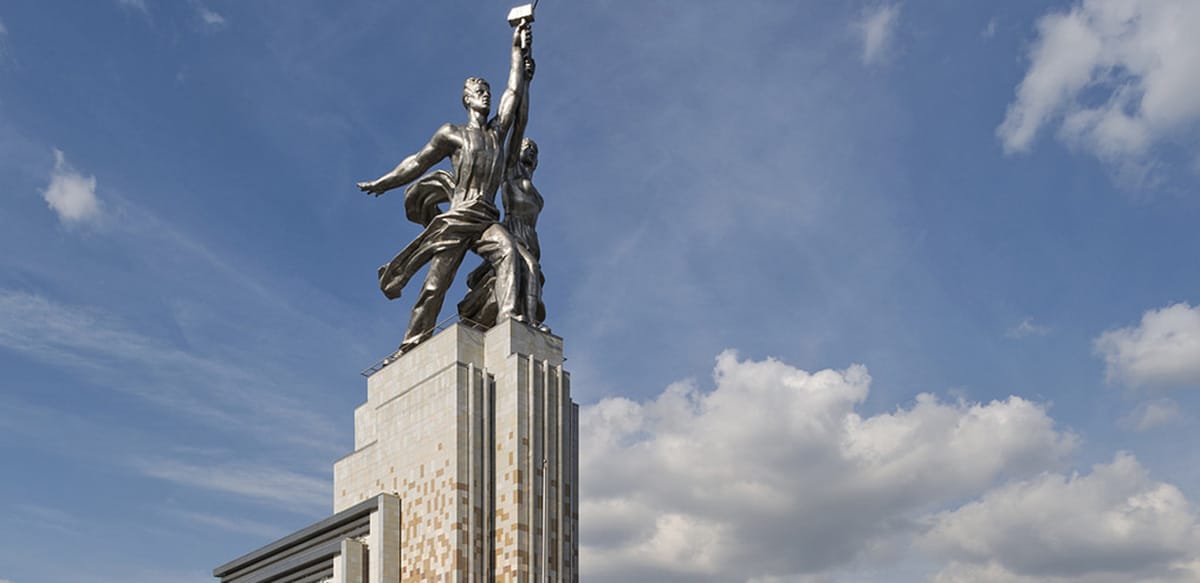
Continuing with the monumental statues we have that of the Worker and Kolkhoz Woman. It is in Moscow, in the Exhibition Center of the city, and dates from late 30s. It is almost 25 meters high and is made of stainless steel. Its author is a woman named Vera Mújina and follows the style of socialist realism. There is a worker with a raised hammer and a woman, the kolkhoz woman or farmer of the collective farm, with the sickle. Hammer and sickle, nothing but Soviet socialist.
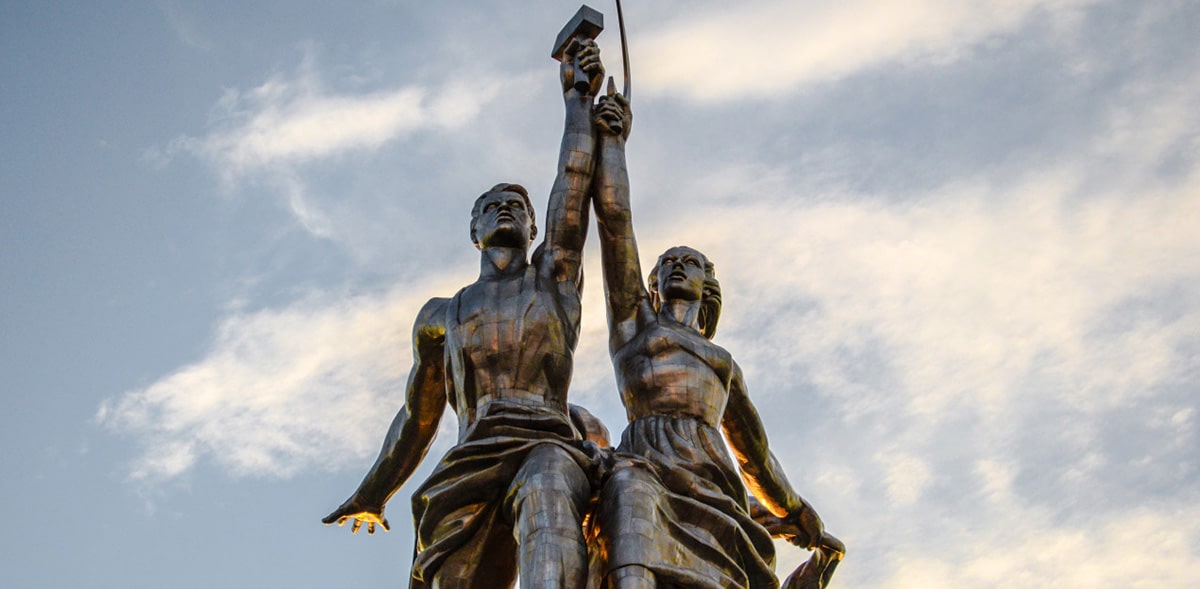
The sculpture was made especially for the 1937 Paris International Exposition and later decorated the entrance to an exhibition center in Moscow for much longer. It was restored in 2003 and put on display again in 2009. Today it is taller than it was in the 30s.
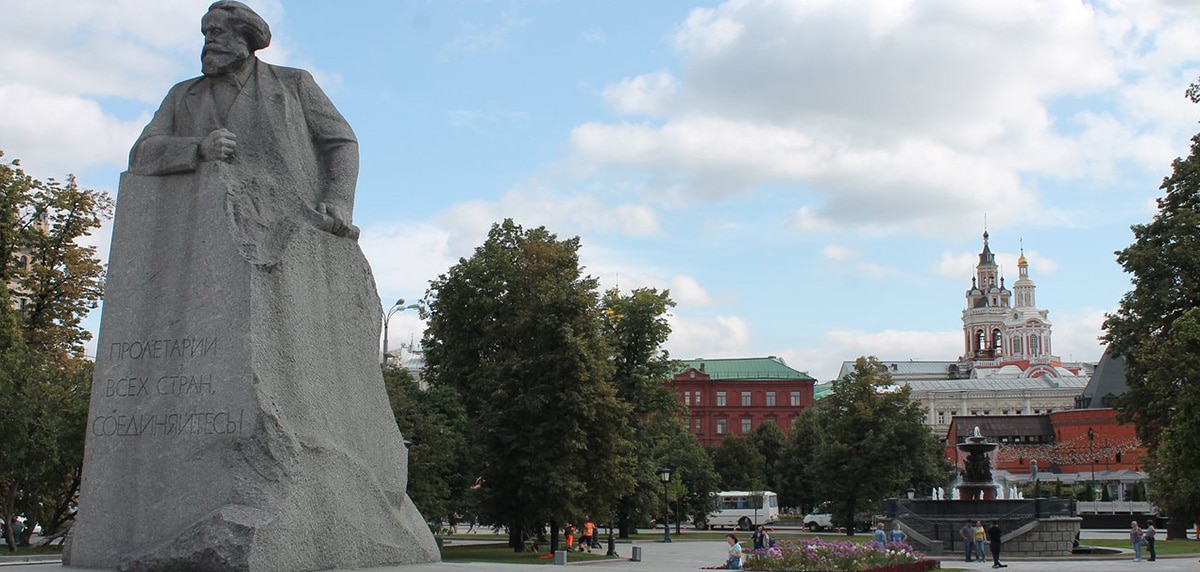
Also in Moscow is the Monument to Karl Marx. It is in the small gardens on the south side of Teatralnaya Ploschad and was discovered in 1961. It is a block of gray granite and on the pedestal is written "Workers of the world unite". Behind is a fountain. But, of course, if we talk about the Russian capital we cannot ignore the Moscow Kremlin.
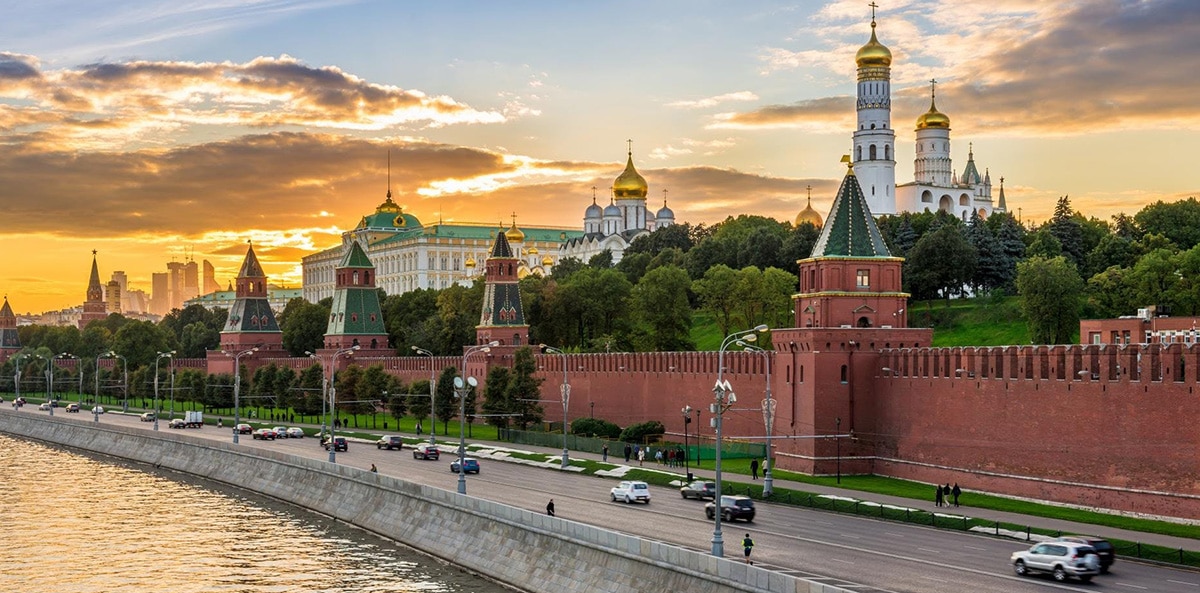
The Moscow Kremlin is perhaps one of the most visited monuments in the city. It's a set of civil and religious buildings which is in the center of the city and in total there are four cathedrals and four palaces, plus a wall. It is a place to know, visit and admire. Among the buildings and palaces there are a couple of monuments to photograph: the Monument to the Tsar's Campaign and the Tsar Cannon.

The Tsar Cannon weighs almost 40 tons and measures 5.34 meters. It has a caliber of 890 millimeters, perhaps the largest caliber in the world. It seems that it was never used, but it dates from the time of Tsar Fyodor U, the son of Ivan IV. It has beautiful reliefs and is inside the Kremlin walls, right next to the largest bell in the world, Tsar Kolokol.
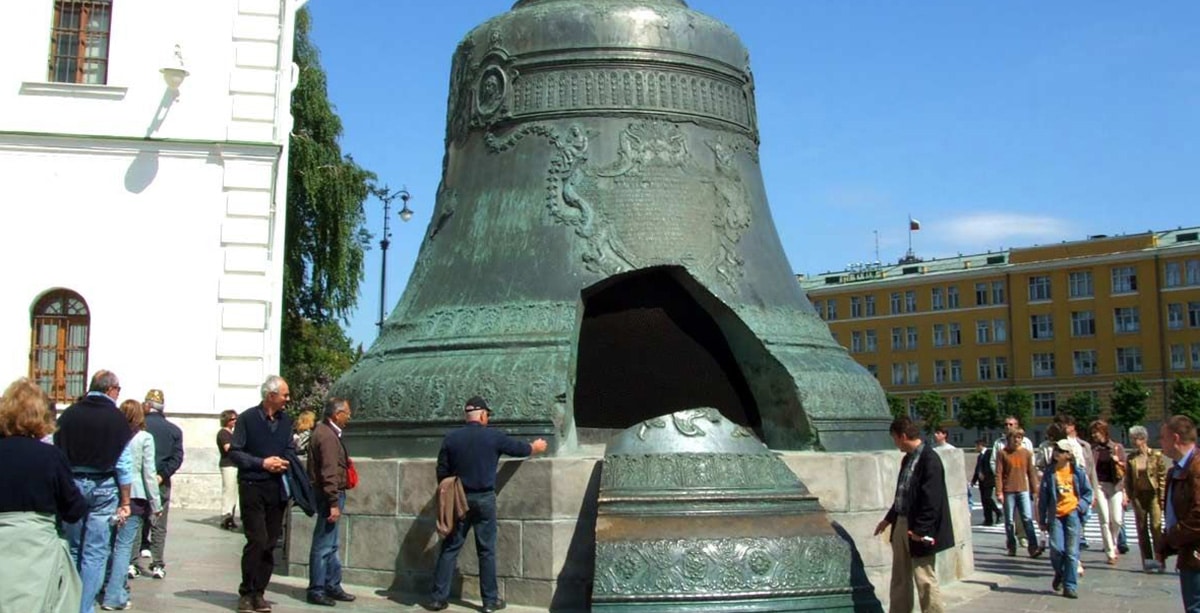
It is huge, the world's largest bell, commissioned by Empress Anne of Russia, niece of Peter the Great. The tsar's bell weighs 202 tons and is just over twenty feet tall. It is made of bronze and dates from the first half of the XNUMXth century.
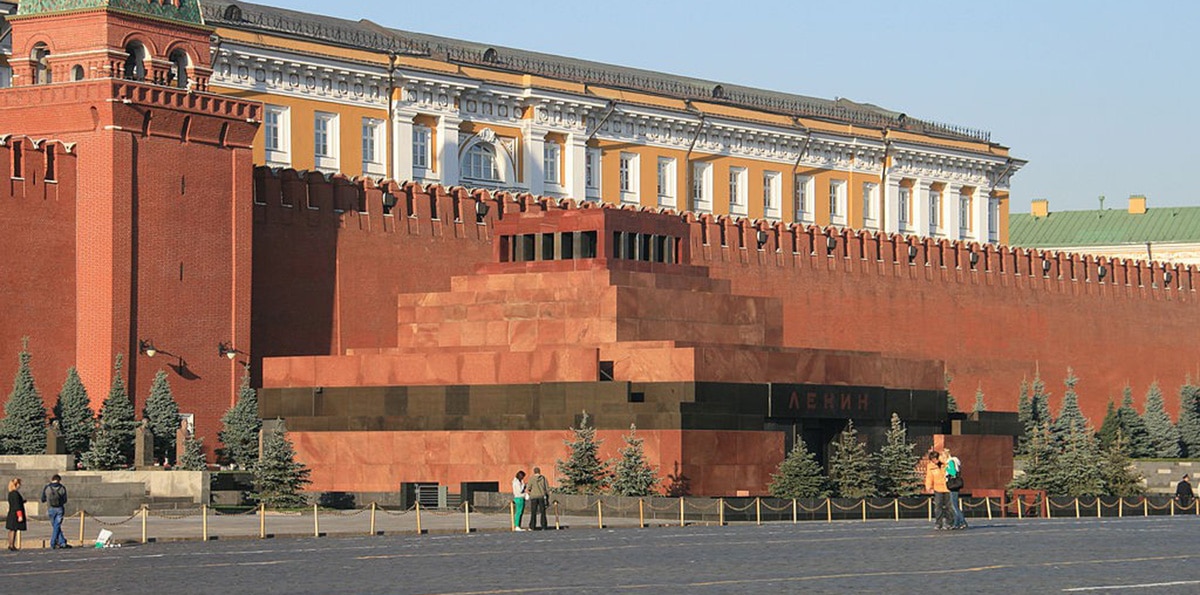
Continuing with Moscow, in our list of historical monuments of Russia is the Lenin's Mausoleum. The construction was done in 1924, after the death of Lenin, and there inside his body is exposed embalmed. It is in Red Square and the architect was Aleksei Schúsev. It is a small, granite building, and once also contained Stalin's body. It has always been open, except in times of war, and today it is on Tuesdays, Wednesdays, Thursdays and Saturdays. The only cameras are the visitor's eyes as taking pictures is prohibited.
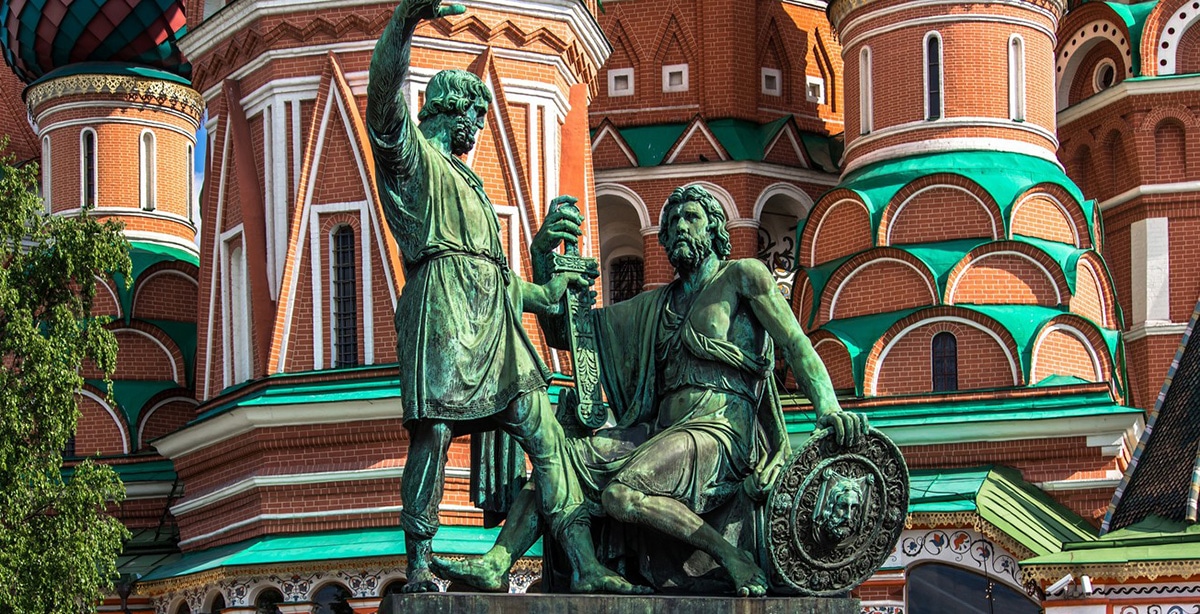
Also in Red Square is the Monument to Minin and Pozharski, a bronze statue in front of Saint Basil's Cathedral. Remember how Prince Dmitry Pozharsky and the merchant Minin put together a volunteer army to drive out joint forces from Poland and Lithuania in the early XNUMXth century. It was the first monumental statue in the country.
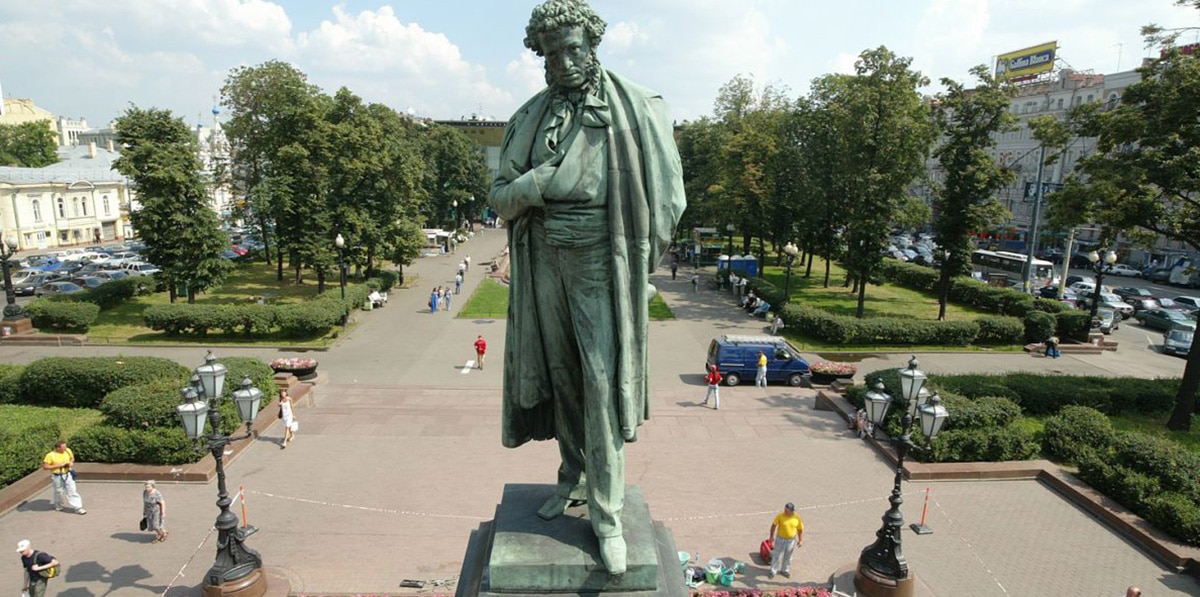
Another monument in Moscow is in Pushkin Square, the site where a McDonal'ds branch first opened in Russia. The Pushkin Monument It is from 1880 and Fyodor Dostoyevsky himself helped raise funds for its construction. It is made of bronze and the pedestal is made of red granite. Pushkin was a Russian playwright, considered the founder of modern Russian literature.
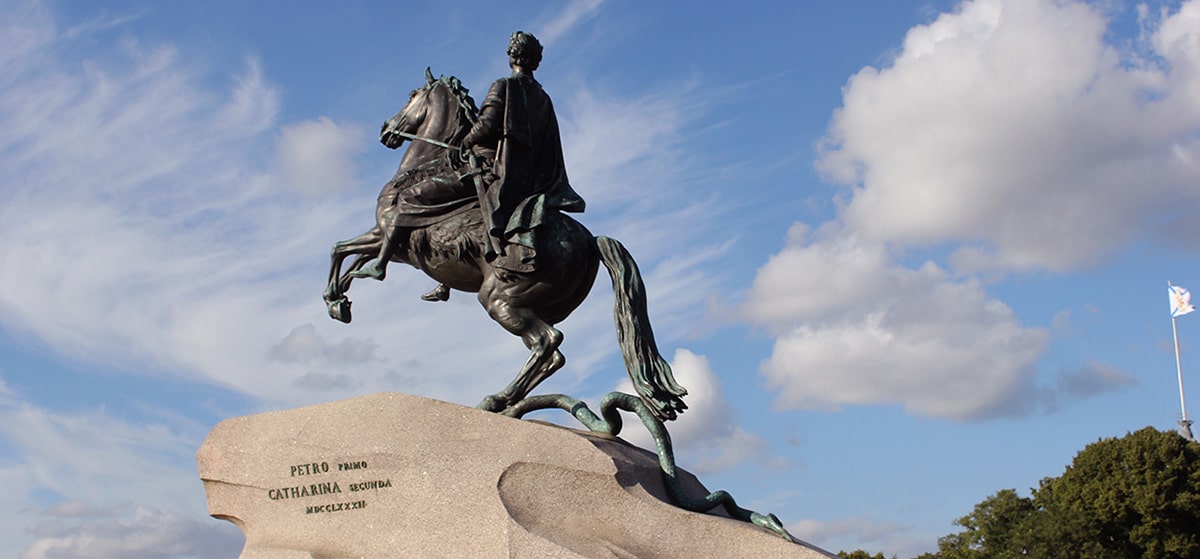
If we leave Moscow behind and travel to beautiful San Petersburgo we will find the Bronze Knight, a typical equestrian sculpture that recalls the lover of this city, the tsar Peter the Great. It is a bronze statue and today it is a symbol of the city. The statue stands on a stone, the Stone of Thunder, said to be the largest stone that has ever been moved by man. It is gigantic and they brought it from the Gulf of Finland.
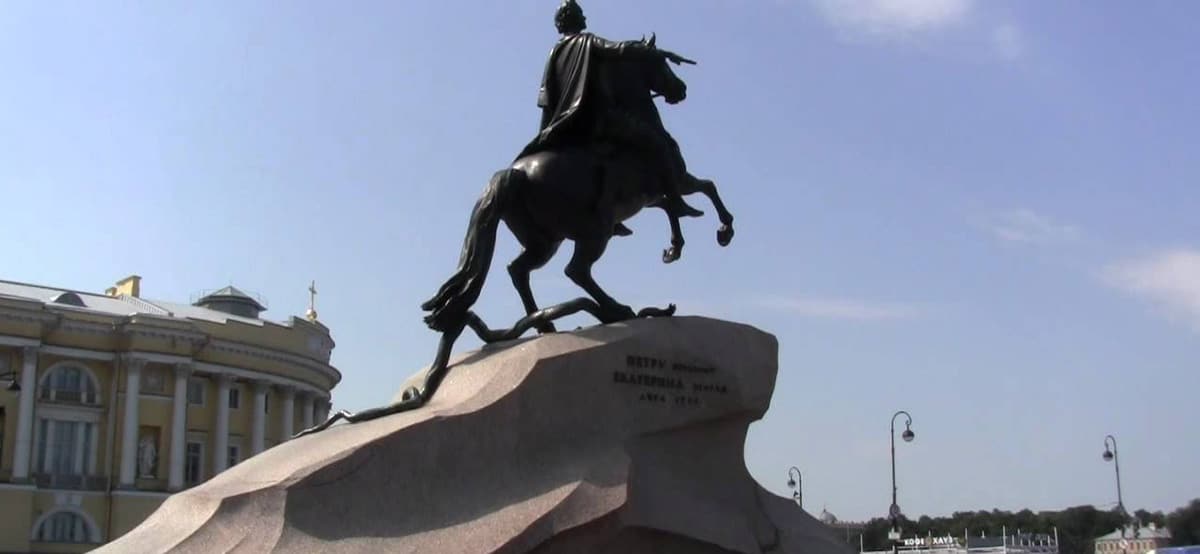
The statue was ordered by Catalina la Grande, German by birth but who wanted to legitimize herself as Russian sovereign. Its construction began in 1775 and took twelve years. The legend says that as long as the Knight of Bornce does not move from his place, no enemy will take the city.
So far some of the most outstanding historical monuments of RussiaSome of imperial origin, others of Soviet origin. Faithful reflections of the country's history.